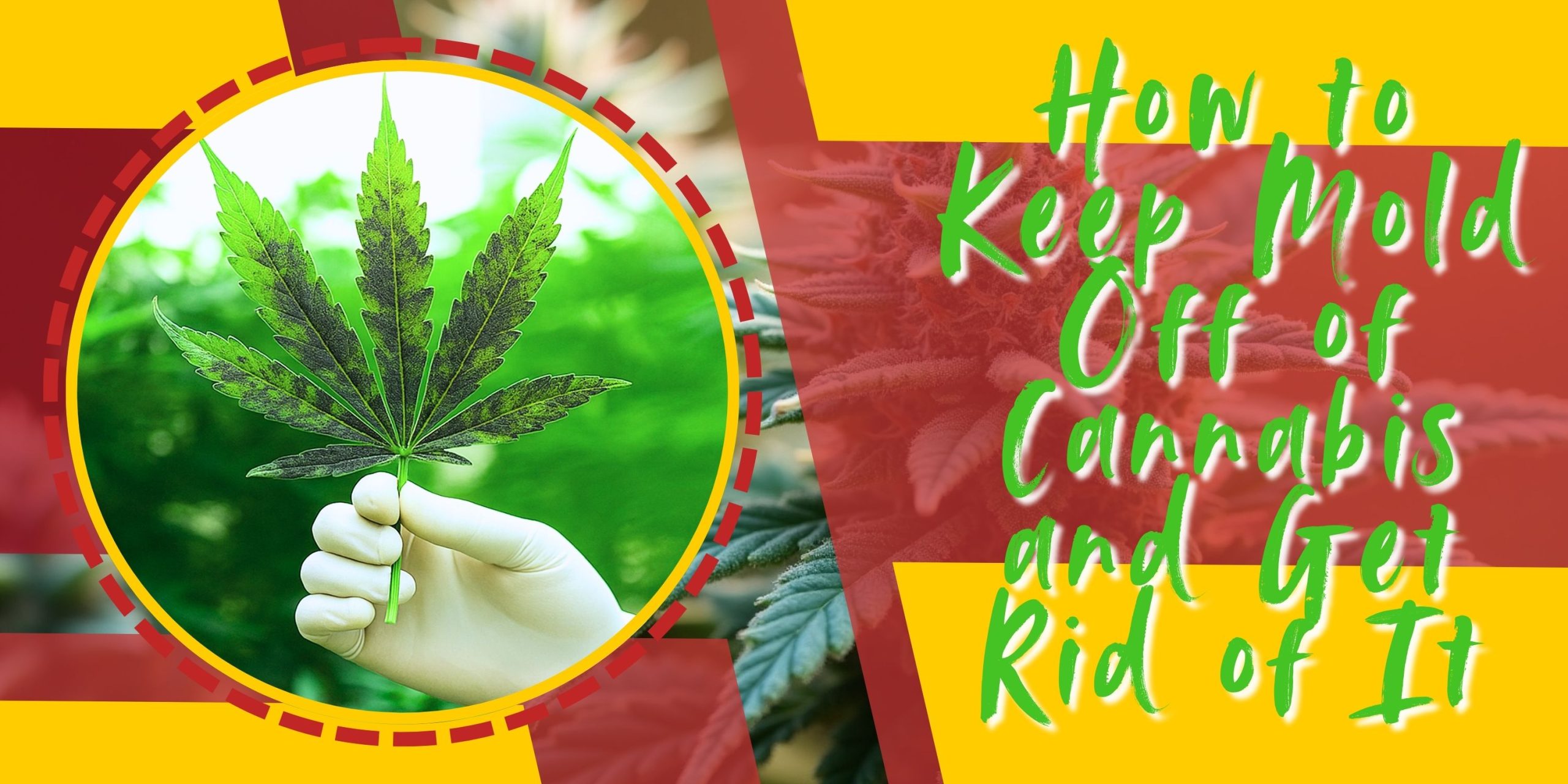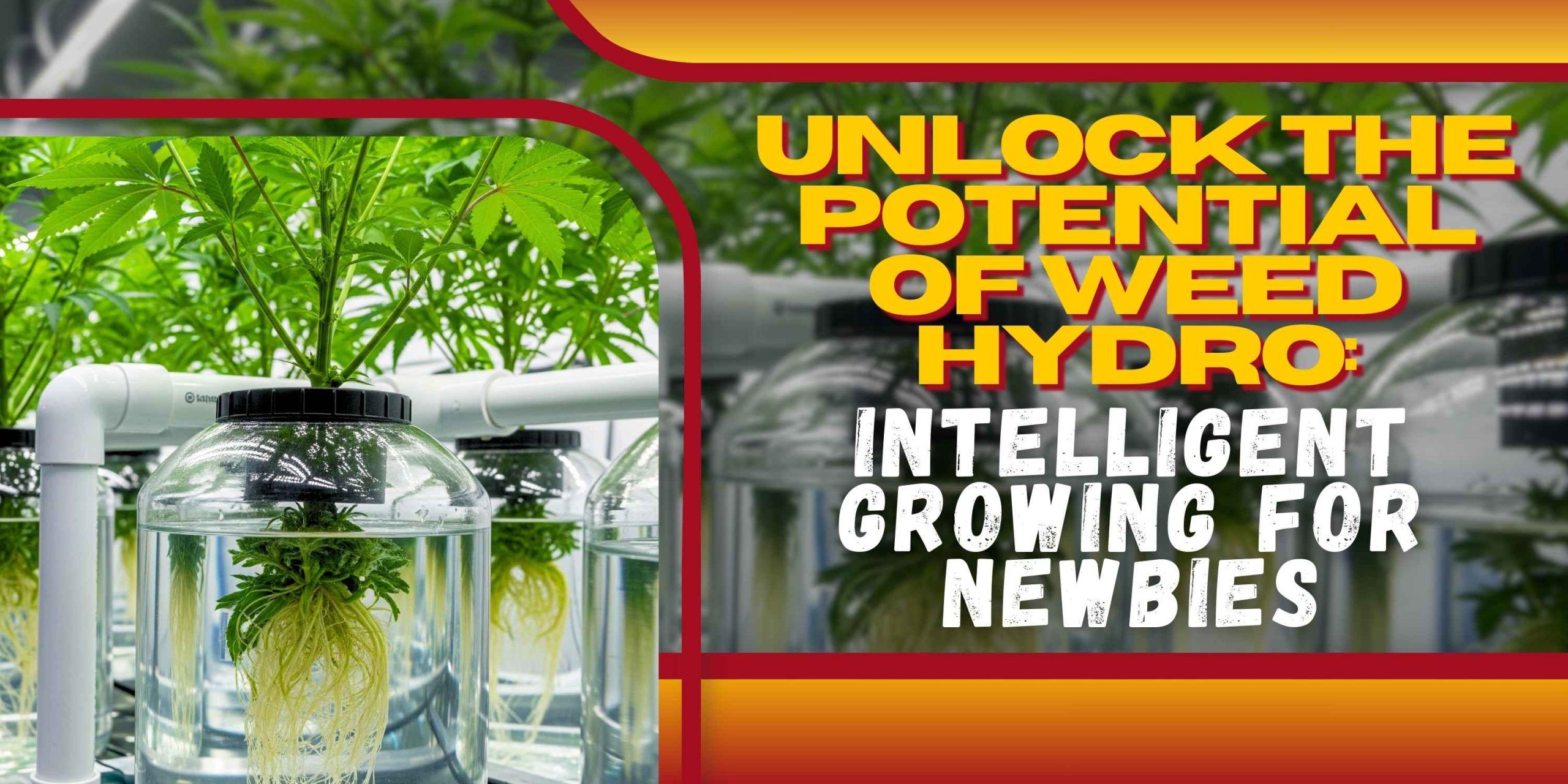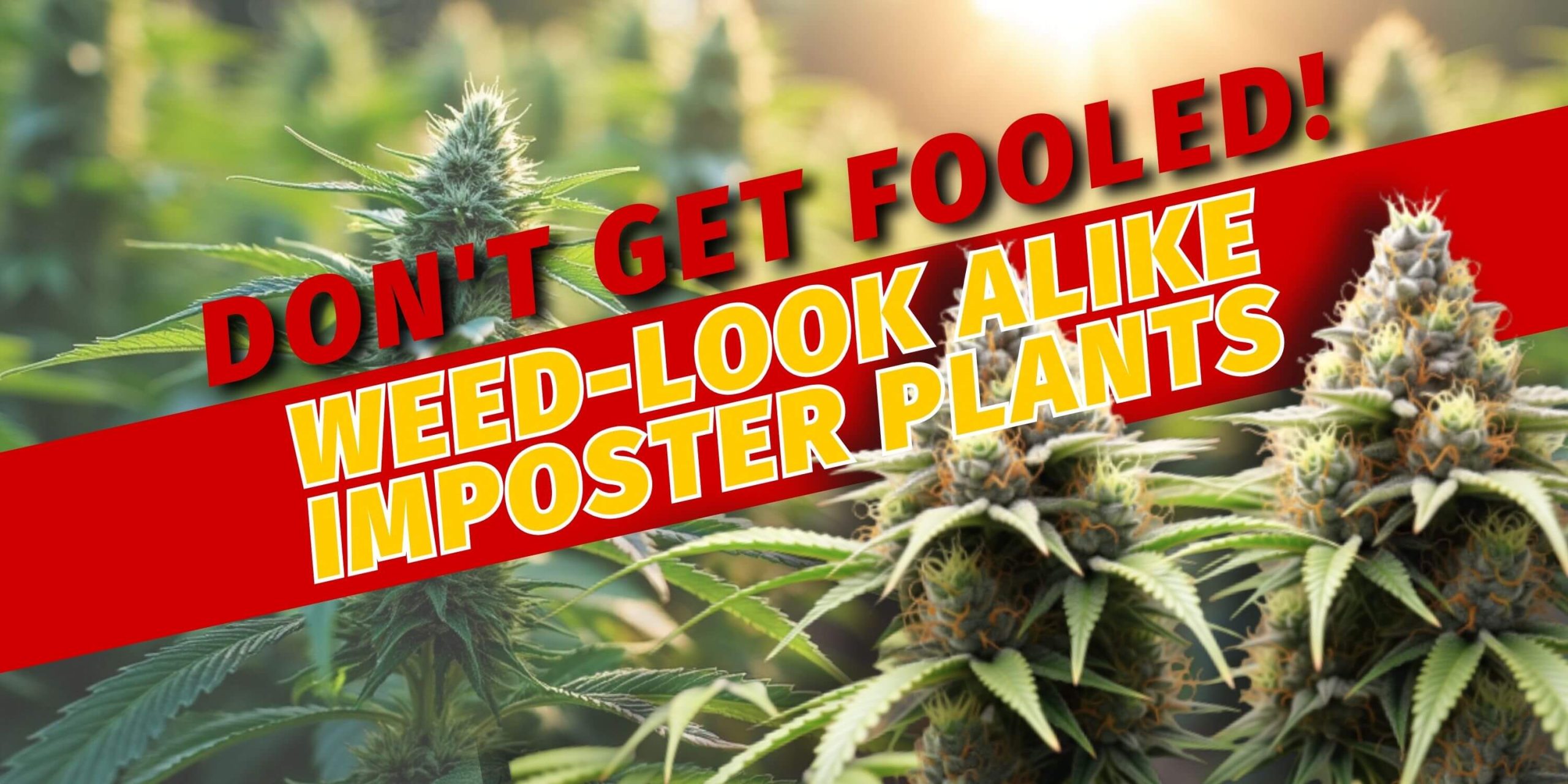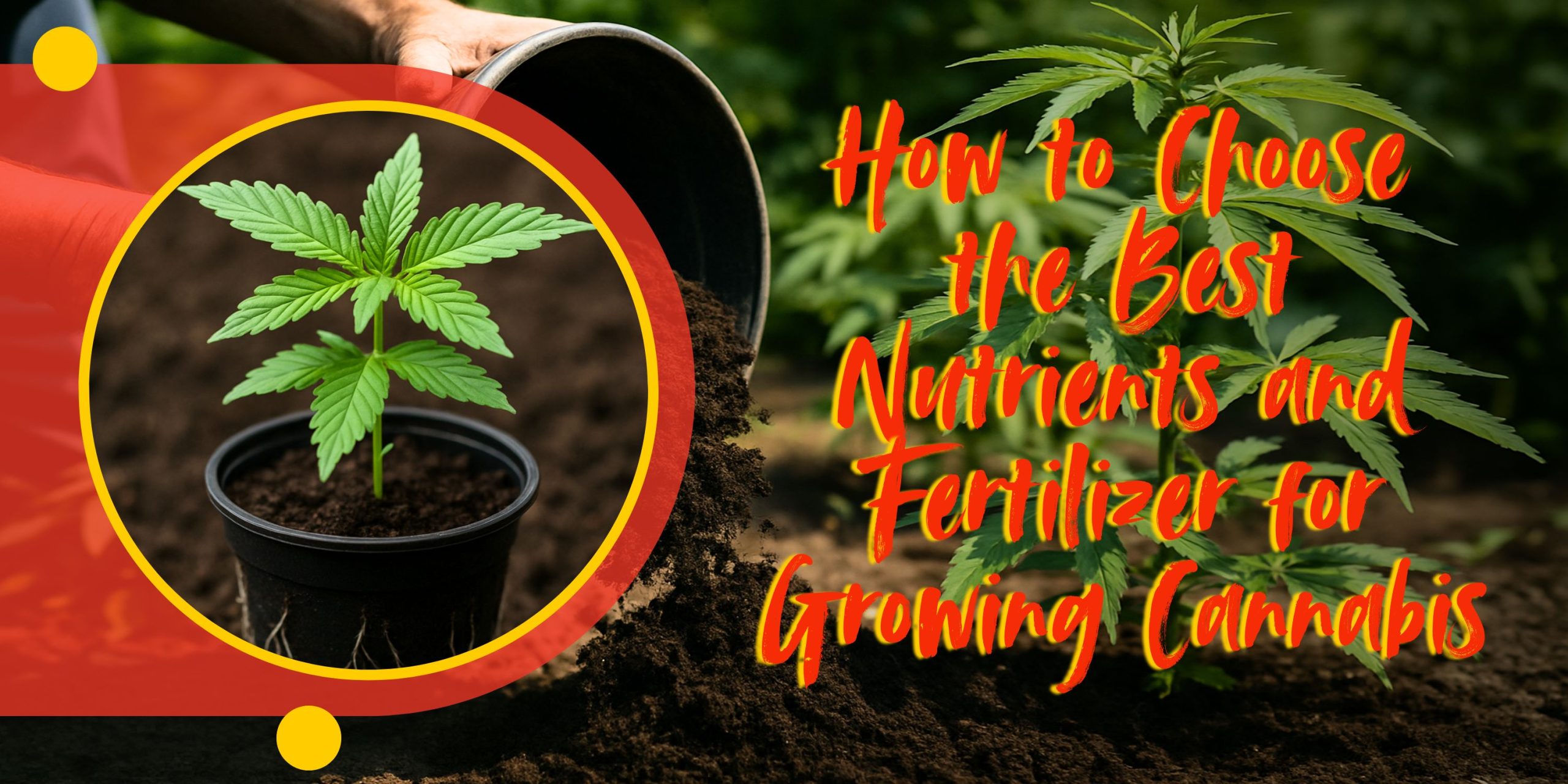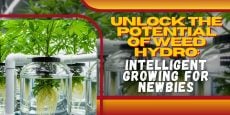Mold is a constant threat to cannabis cultivation that can be quite harmful. If you don’t pay attention to mold, it can ruin whole crops, make products less safe, and cost you money. To grow the best cannabis, we need to know how to spot, avoid, and get rid of cannabis mold at every stage of the process.
Cannabis Mold Types and Growth Conditions
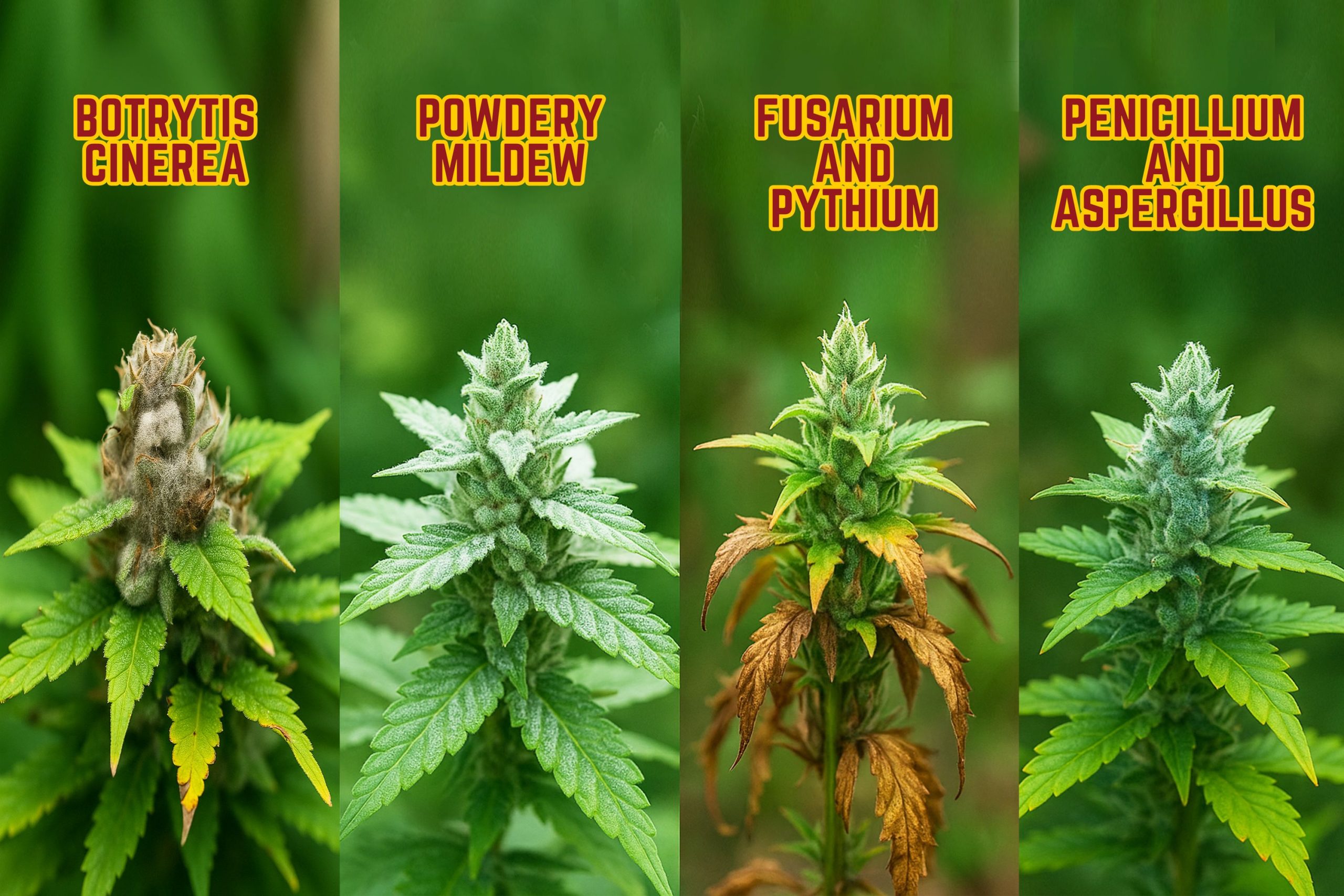
Mold on buds is a type of fungus that can make you sick and grows best in moist places. It thrives most in moist environments, when plants grow outdoors after rain or when canopies grow close together without sufficient airflow and have poor air circulation. The most frequent varieties of cannabis cultivation are
Botrytis Cinerea (Bud Rot)
Bud rot gets into the thick centers of mature buds. It starts slowly and then rapidly expands from the interior outward. Gray fuzzy mold, a color change, and dead tissue are all indicators of it. Colas as a whole may eventually turn dark and spongy and smell like sour or ammonia. To keep their crops from dying, farmers need to act promptly when they see the first signs.
Botrytis thrives in environments with abundant flowers and trapped water within the buds. It is at its worst in moist places, when plants grow outside after it rains, or when canopies grow close together without enough airflow. It is difficult to eliminate powdery mildew once it appears, as doing so often results in significant loss of the plant.
Powdery Mildew
On leaves and stems, powdery mildew looks like white, powdery spores. This illness thrives in moderate temperatures (21–27°C) characterized by elevated humidity and inadequate airflow. It usually starts on the lower fan leaves and then moves upward, creating a talcum-like covering that can eventually block photosynthesis.
Powdery mildew is different from other molds in that it can spread without immediate moisture. This makes it especially dangerous in grow rooms. It releases spores into the air that easily spread to other plants, gear, and clothing. In containment, environmental balance and quick detection are the most important things.
Fusarium and Pythium
These root diseases thrive in environments with too much water and not enough oxygen in the roots. Infection causes roots to wilt, turn yellow, and rot. Fusarium affects vascular tissue, which stops nutrients from moving around and causes the whole plant to die. Pythium, on the other hand, makes the roots sticky, changes color, and smells horrible.
Both opportunistic species can stay dormant in the ground until situations like standing water or changes in temperature cause them to become active. It is much better to use a sterile treatment and prevent root balance than to try to heal an infection after it has happened.
Penicillium and Aspergillus
If you breathe in the moldy weed plant, it can contaminate dried and cured cannabis, posing serious health risks. If you find them in storage facilities, it means that there is too much humidity or not enough sanitation. Aspergillus is the most harmful mold because it produces aflatoxins that can kill or make individuals with weak immune systems sick.
After harvesting, the spoiled produce may require removal to meet legal and health safety criteria. Drying and curing procedures correctly are the only real safeguards against these molds growing in the storage facility.
Optimum Environmental Controls for Avoiding Mold
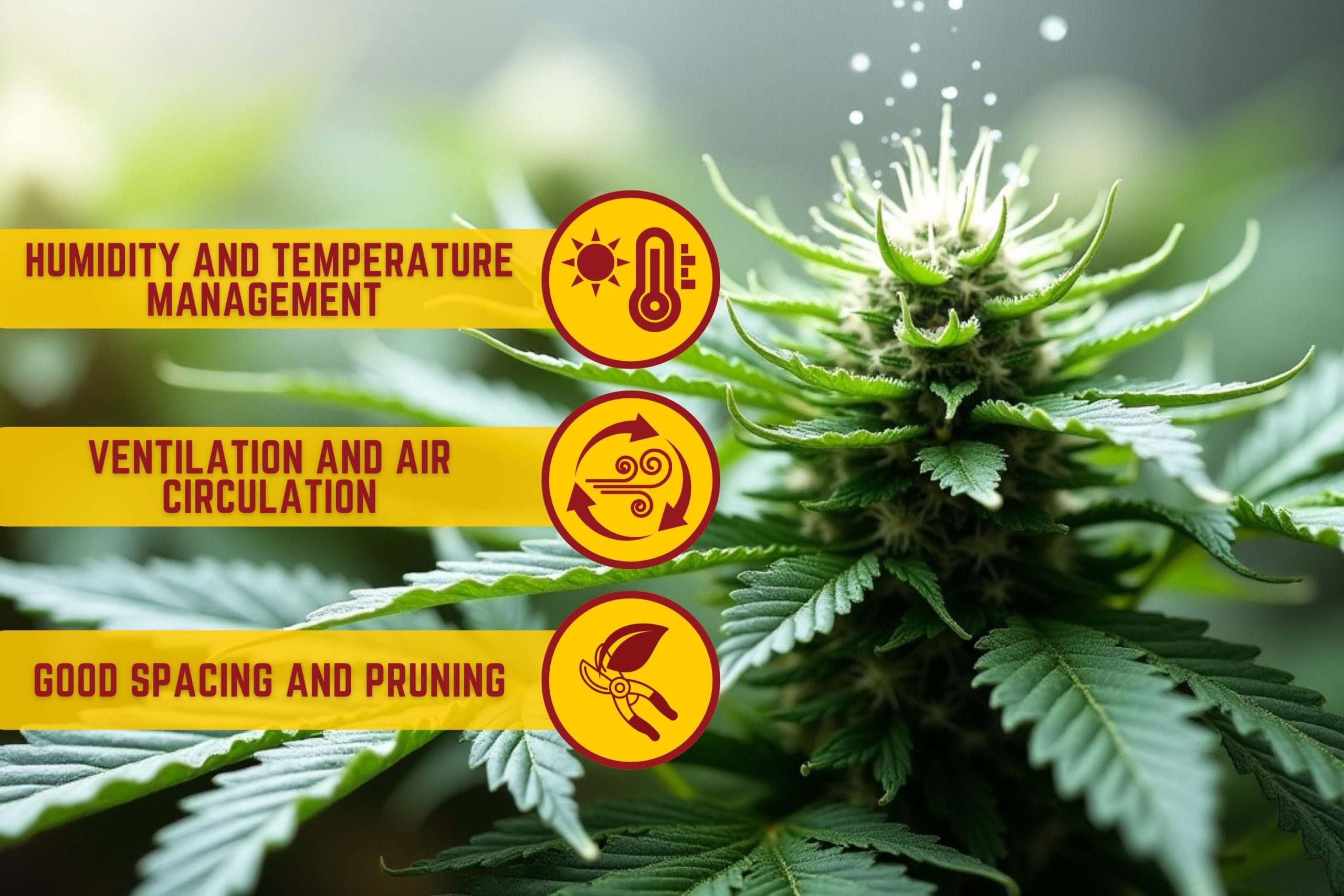
Holding environmental conditions within optimal ranges is the first line of defense against mold. There are mold spores all around, but they require certain circumstances to become stimulated and begin to grow.
Humidity and Temperature Management
Relative humidity (RH) in vegetative development should be 50% to 70%. Reduce RH to 40–50% during flowering to prevent mold on dense buds. To keep condensation from happening, the temperature should be between 20 and 26 degrees Celsius (68 and 79 degrees Fahrenheit) during the day and drop by 5 degrees at night.
In addition, the operation of dehumidifiers that are fitted with built-in humidity control allows accurate control, especially in the flowering stage. Automated systems that include climate sensors may offer even RH and avoid microclimate change, a key cause of mold initiation.
Ventilation and Air Circulation
Fungi can grow in still air. At every level of the canopy, inline fans, oscillating fans, and exhaust systems must keep the air moving. Every 1 to 3 minutes, let all the air out of closed spaces.
You should also clean the intake filters and carbon scrubbers often to keep dust and mold spores from getting into the grow space. Layered air circulation (from the canopy to the ground) stops the even distribution of temperature and humidity and gets rid of places where mold can grow.
Good spacing and pruning
Plants that are too close together block air flow and hold moisture. Lollipopping, defoliation, and SCROG procedures spread out the canopy, which gets rid of microclimates where mold can grow.
When you prune, focus on getting rid of weak lower growth that doesn’t get enough light and is likely to hold moisture. This not only stops mold from growing, but it also makes the energy flow better, which helps the buds grow healthier.
How to Water Your Plants to Keep Mold from Growing
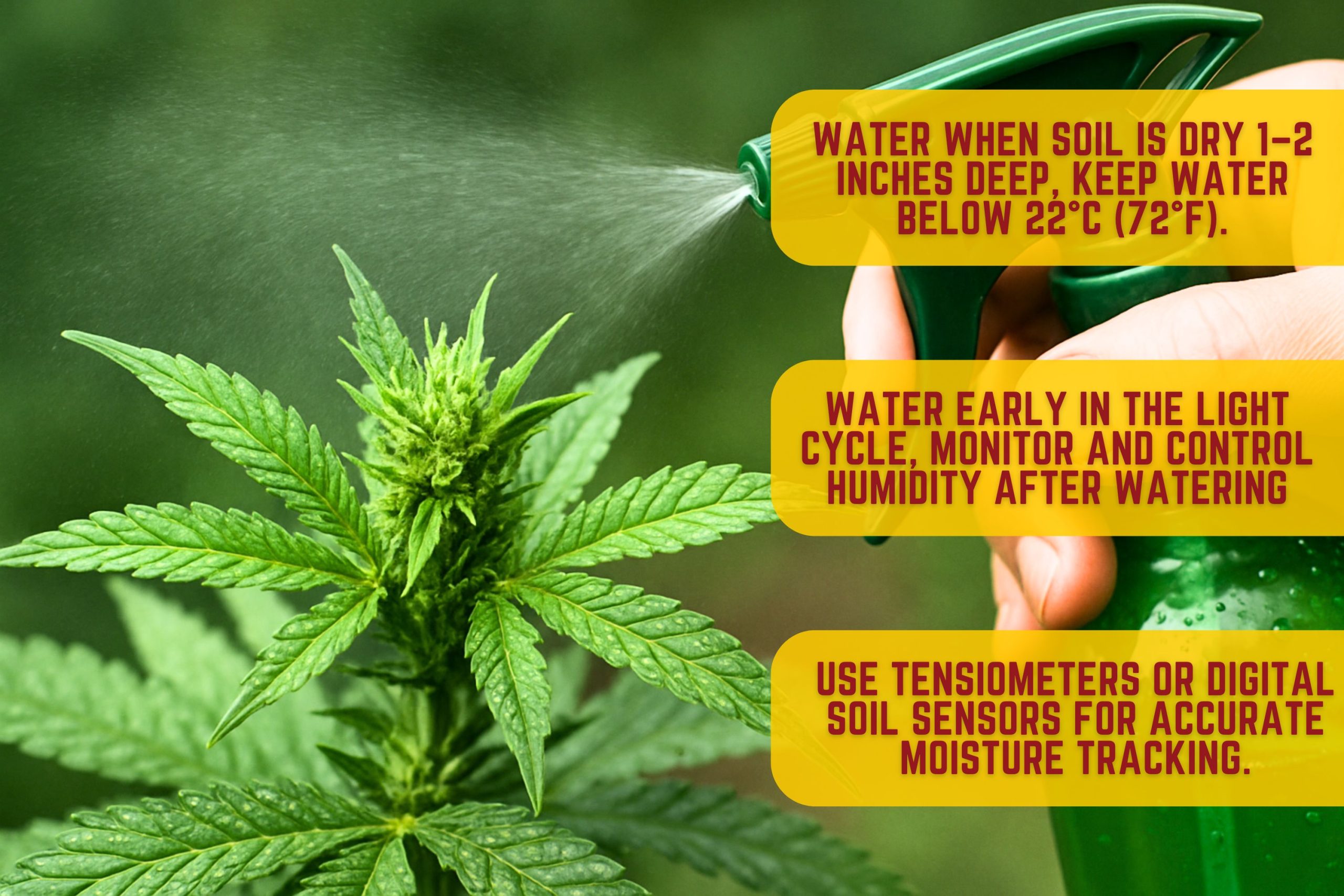
Overwatering is a key contributor to mold formation in soil and hydroponic systems. Using precise irrigation methods lowers the risk.
How often and how much to water
Water when the medium is dry at 1–2 inches. Avoid runoff accumulating in trays, and maintain proper drainage using perlite or cloth pots. In hydro setups, maintain maximum dissolved oxygen and avoid water temperature increases to over 22°C (72°F).
Capillary mats, drip irrigation, and air-pot pots also help keep water in the root zone and air exchange, and they stop mold from growing. To keep roots healthy, water should have a neutral pH level that is neutral and not have any germs in it.
When to water
Water early in the light cycle so it can evaporate in the heat. When you water plants overnight, the leaves and buds get wet.
Don’t water late in the day, especially when the flowers are blooming. This is because cooler nights and water make botrytis grow better in tight blossoms. To avoid RH spikes, check the humidity levels often after watering.
Keeping an eye on the moisture in the soil
To ensure optimal root zone conditions and prevent the growth of anaerobic mold species, utilize tensiometers or digital soil water sensors.
Soil sensors that can connect to smartphone apps give you real-time results. This lets you monitor your plants from afar and set up alerts to let you know if you’re watering too much before you see any signs of it.
What Does Mold Look Like on Marijuana
Early discovery is essential in limiting destruction. Visual examination, scent, and observation of surroundings reveal telltale signs.
Visual Signs
- Bud rot: Gray or brown inner bud tissue, which feels squishy
- Powdery mildew: White powdery covering on the upper leaf surfaces
- Root mold: Roots that are slimy and colored with dye
- Leaf necrosis: Yellowing, curling, or spotting of the leaves is a sign of necrosis.
Mold-vulnerable situations typically observe leaf septoria, not necessarily mold itself. Regular inspections using UV light and natural light can detect early signs of fungus growth that are invisible to the human eye.
Smell Clues
Fungal growth and visible indications generally happen after bad smells, including musty or earthy ones. Trust your nose—terpene profile shifts or new musty odor in the grow area are generally the earliest indicators. Any strong or sour odors necessitate quick scrutiny.
Equipment for Watching
Put hygrometers and heat sensors at different stages of growth. Check for suspicious growths with handheld microscopes. Thermal imaging and infrared cameras may find cold, damp patches in vast groves. This approach helps keep the region mold-free until it can flourish.
Ways to Get Rid of Mold and Treat It
As soon as mold on cannabis is found, it needs to be contained right away. To save the crop, it must be disinfected, removed, and treated to stop the problem from happening again.
Taking it out physically
Cut out infected buds, leaves, or roots using sterilized scissors. Double-bag the infected tissue and remove it from the growing location. After each cut, clean the tools.
Clean the sick plants and offer the crops surrounding them extra air and light. If the infection is systemic, cut down the plant to protect the rest of the crop.
Natural Remedies
- Hydrogen Peroxide (3%): This can be used as a foliar spray or root flush to kill mold on the surface.
- Bacillus subtilis: A bacterium that protects the plant from fungal infections by making them too crowded.
- Neem oil and potassium bicarbonate: Foliar treatments that stop mildew from growing.
Certain essential oils, such as thyme, clove, and rosemary, also exhibit antifungal properties, though they must be used with caution to avoid phytotoxicity. These natural compounds are best suited for the early stages or as part of a prevention regimen.
Chemical Fungicides
Use only fungicides that are licensed for edible crops. Myclobutanil and sulfur compounds must be shunned during flowering because of toxicity concerns.
If you have to use chemicals, use ones that are OMRI-listed and safe for edible crops, such as Serenade or Regalia. Always follow the directions on the label and pay attention to pre-harvest intervals.
Curing and Storage: The Last Step in Preventing Mold
Cannabis can still go moldy after it has been cut if it is not dried or stored properly.
Conditions for Dryness Curing
Keep the buds in a dark, well-ventilated space at 18–22°C (64–72°F) and 50–60% RH. Plants should be hung upside down or on dry racks for 7 to 14 days.
Controlled Curing
Put buds in glass jars with tight lids and burp the jars twice a day for the first 14 days. Use Boveda packs and hygrometers to keep the humidity within the jar between 58% and 62%.
Long-Term Storage Tips
Reduce plastic packaging, exposure to light, and temperature fluctuations. Keep cured cannabis in places that aren’t too cold or dark, and keep the temperature below 21°C (70°F).


